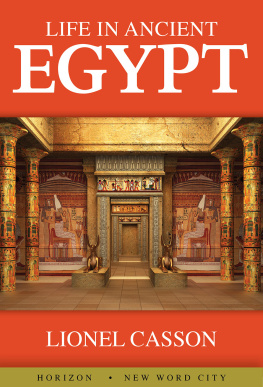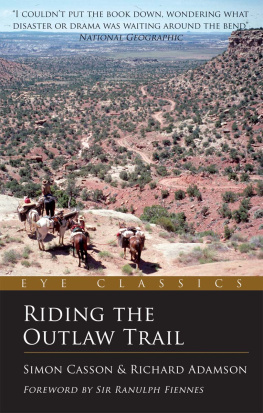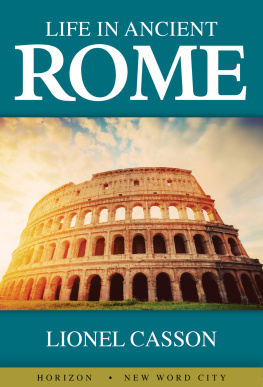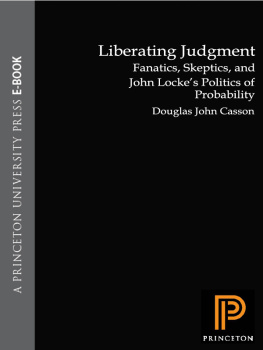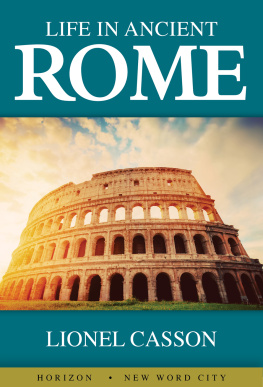Routledge Revivals
ANCIENT CYPRUS
ANCIENT CYPRUS
Its Art and Archaeology
By
STANLEY CASSON
M.A., F.S.A., Hon. A.R.I.B.A.
READER IN CLASSICAL ARCHAEOLOGY IN THE UNIVERSITY OF OXFORD, FELLOW OF NEW COLLEGE ; MEMBER OF THE GERMAN ARCHAEOLOGICAL INSTITUTE, AND CORRESPONDING MEMBER OF THE BULGARIAN ARCHAEOLOGICAL INSTITUTE
First published in 1937 by Methuen & Co. Ltd.
This edition first published in 2018 by Routledge
2 Park Square, Milton Park, Abingdon, Oxon, OX14 4RN
and by Routledge
711 Third Avenue, New York, NY 10017
Routledge is an imprint of the Taylor & Francis Group, an informa business
1937 Taylor & Francis
All rights reserved. No part of this book may be reprinted or reproduced or utilised in any form or by any electronic, mechanical, or other means, now known or hereafter invented, including photocopying and recording, or in any information storage or retrieval system, without permission in writing from the publishers.
Publishers Note
The publisher has gone to great lengths to ensure the quality of this reprint but points out that some imperfections in the original copies may be apparent.
Disclaimer
The publisher has made every effort to trace copyright holders and welcomes correspondence from those they have been unable to contact.
A Library of Congress record exists under ISBN: 38014642
ISBN 13: 978-1-138-55534-1 (hbk)
ISBN 13: 978-1-315-12226-7 (ebk)
ANCIENT CYPRUS
HEAD IN LIMESTONE OF THE FOURTH CENTURY, B.C. FROM ARSOS
(Nicosia Museum)
ANCIENT CYPRUS
Its Art and Archaeology
by
STANLEY CASSON
M.A., F.S.A., HON. A.R.I.B.A.
READER IN CLASSICAL ARCHAEOLOGY IN THE UNIVERSITY OF OXFORD, FELLOW OF NEW COLLEGE ; MEMBER OF THE GERMAN ARCHAEOLOGICAL INSTITUTE, AND CORRESPONDING MEMBER OF THE BULGARIAN ARCHAEOLOGICAL INSTITUTE
First published in 1937
PRINTED IN GREAT BRITAIN
PREFACE
CYPRUS is the only British possession which serves to illustrate the history and activities of the Greeks. Its contributions to our knowledge of Greek art and history are numerous and important. It has long had attached to it the label of Oriental without any attempt being made to see how far that description referred to superficial elements in its life. I prefer to see the history and art of the Cypriots as those of Oriental Greeks rather than of Hellenized Orientals. For in many respects Cyprus retained more qualities which are ancient Greek, or perhaps Achaean, than any area of the Greek world. The Orient bore upon it at times with overwhelming force, but the Greek element always seemed to emerge in the end.
Cyprus itself is a paradise of natural beauty and contains at the same time many masterpieces of medieval Gothic and Byzantine art. Admiration for these all too often diverts attention from its supremely interesting history in the Mycenaean period as well as from its occasional periods of artistic activity in the Bronze Age and in Classical times. Cyprus is by no means a desert in which occasional oases of artistic creation are slowly killed by an arid tradition. There is much originality in its artistic outlook and much great achievement. Our judgements of Cypriot ability have been too long overclouded by the unjustified assumption that everything Cypriot is mediocre.
Cyprus preserved much that was ancient and forgotten in the Greek world. Among other things Cyprus retained the kingship (which as far as I can see had no Oriental affinities) and also a mode of writing inherited from Minoan times. It was the only place in the Greek world where Greek was written in a medium other than the Greek alphabet. To this subject I have paid particular attention in this book, concentrating mainly on the Bronze Age Cypriot script which has never hitherto been fully examined.
No study of Cyprus could be undertaken without reference to the pioneer work of Professor J. L. Myres. He can be looked upon as the founder of Cypriot archaeology and its most learned exponent. To him is largely due the work which made it possible for Cyprus to have a well-organized service of archaeology. His Catalogue of the Cyprus Museum and of the Cesnola Collection in New York still remain our principal repositories for information of Cypriot antiquities. I acknowledge here unhesitatingly my debt to his work. He was the first to bring order into chaos and the first to explain the innumerable problems of Cypriot archaeology. What he did has not been superseded, least of all by this book.
Finally, I must acknowledge the very great help afforded me by Mr. Dikaios, Curator of the Nicosia Museum, both in the matter of information and of illustrations. To Professor Myres also I am deeply indebted for reading my proofs and making many suggestions and corrections.
So much has been done in the last quarter of a century to add to our knowledge of Cyprus that I feel that a general reconsideration of the principal problems is not unwanted.
S. C.
NEW COLLEGE,
OXFORD
CONTENTS
ILLUSTRATIONS
MAP OF ANCIENT CYPRUS |
I | HEAD IN LIMESTONE OF THE FOURTH CENTURY B.C., FROM ARSOS (Nicosia Museum) |
I HAVE to acknowledge permission to use the following :
Plates , to Mr. O. G. S. Crawford.
Plates , to M r. P. Dikaios, Curator of the Nicosia Museum.
Plate to the Trustees of the Metropolitan Museum, New York.
Plates to the Trustees of the British Museum.
Plates to the Swedish Mission and Professor Gjerstad.
S. C.
ABBREVIATIONS
B.M. = British Museum.
C.A.R. = Cyprus Annual Report.
C.V.A. = Corpus Vasorum Antiquorum.
J.H.S. = Journal of Hellenic Studies.
J.R.A.I. and J.A.I. = Journal of the Royal Anthropological Institute.
P. of M. = The Palace of Minos, by Sir Arthur Evans.
P.-W. Pauly-Wissowa.
S.C.E. = Swedish Cyprus Expedition publications.
WE speak often and lightly of what we call insular characteristics without always clearly understanding what we mean by this term. For some islands are, paradoxically enough, more insular than others. In our own seas it is obvious enough that the Isle of Wight is less insular than the Isle of Man and that the Scilly Islands have less mainland influences than the Channel Islands. So too in the Mediterranean the culture of Crete is more insular and isolated and peculiar to itself than the culture, say, of Samos or Lemnos or Lesbos. The culture of Rhodes at no period of time exhibits characteristics which are predominantly Rhodian. On the other hand Cyprus, like Crete, throughout its history stands, to a large extent, aloof from mainland influences even though it adopts many of them. In the whole of Cypriot history and prehistory there is always perceptible an undercurrent of influence which, for good or bad, remains Cypriot. Nothing that Cyprus absorbed from outside remained unaffected in the long run by Cypriot influences; indeed it would be incorrect to say that Cyprus absorbed anything; she rather adopted and then transformed. For it was inevitable that the island would fall under the influence of the peoples of Asia Minor on the north, of Syria and Palestine on the east and of Egypt on the south. But it was by no means inevitable that she would fall under any influence from the west, partly because of the fact that Rhodes stood as a buffer between Cyprus and Greece and partly because at Rhodes trade routes diverged into the Aegean, in various directions; thus traders from the east no longer followed a main stream of traffic once they had reached Rhodes, while traders travelling eastwards were not necessarily tempted to go farther than Rhodes, which to a large extent acted as a clearing station for trade in both directions.


